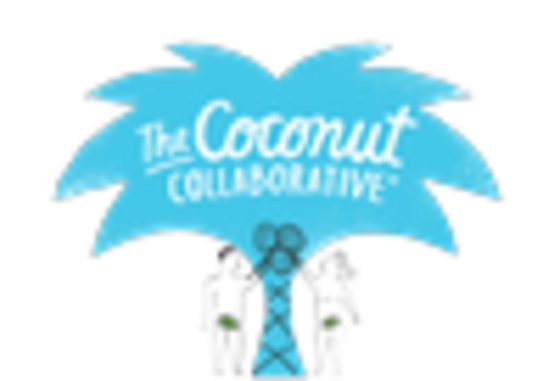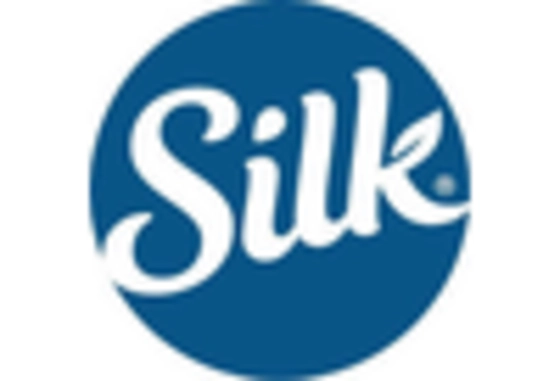Market Trends
Key Emerging Trends in the Dairy-free Yogurt Market
Due to growing awareness of dairy-free yogurt's health benefits, the market is poised to provide industry participants several fruitful opportunities. Meanwhile, there is a huge influx of kid-friendly product launches. This pattern shows a wider shift in customer awareness of healthy eating, opening up new dairy-free yogurt opportunities.
The increased awareness of dairy-free yogurt's medicinal benefits has shaped consumer preferences. As individuals focus more on health and explore for alternatives to conventional dairy products, the industry responds with creative solutions that meet these demands and serve certain segments. The display of kid-friendly yogurt products shows how market operators may capitalize on a growing market niche.
Products in the dairy-free yogurt industry are improving. To create yogurt with varied tastes and textures, makers are testing plant-based ingredients. Almond, coconut, and soy-based yogurts dominate the market, but oat-based yogurts are gaining ground. This trend of product diversification appeals to foodies who want variety and variety.
Dairy-free yogurt is becoming more accessible. Dairy-free yogurt is now available in supermarkets, making it more accessible to a wider audience. This store expansion is standardizing plant-based yogurt use and growing the industry.
Collaborations between dairy-free yogurt makers and foodservice organizations are growing. Restaurants, cafés, and fast food chains are offering dairy-free yogurt as foodservice trends toward plant-based options. This trend expands dairy-free yogurt's appeal and introduces it to new customers.
Taste preferences and surface assumptions are dairy-free yogurt sales challenges. While technology and refinement have improved the flavor and texture of plant based yogurts, some customers prefer the natural taste and texture of dairy yogurt. To address these physical viewpoints and improve the buyer experience, consistent innovation is needed.

















Leave a Comment